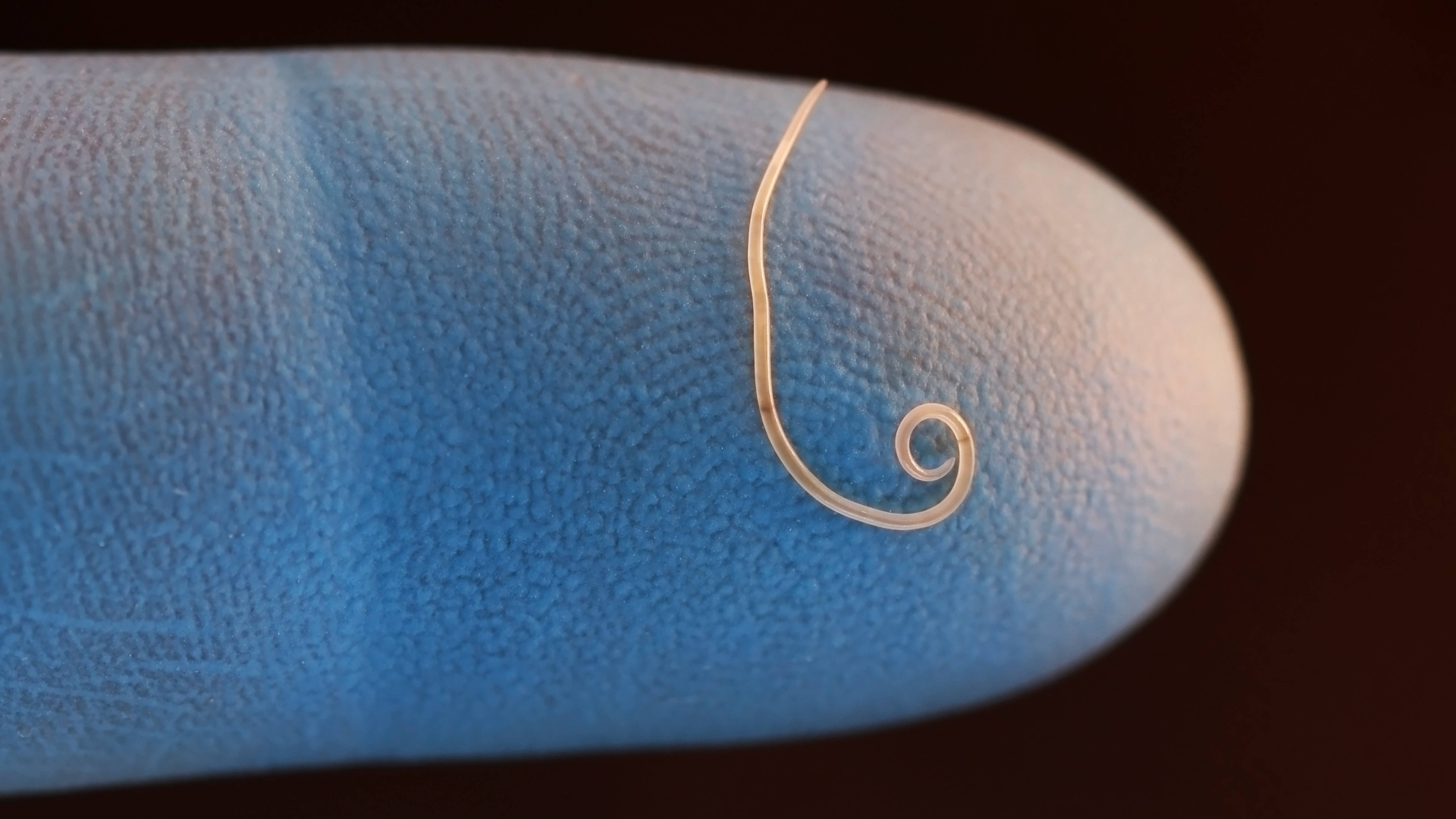Crystals, Vol. 13, Pages 436: Study on Residual Stress Evolution Mechanism and Influencing Factors of 316L/Q235B Composite Plate during Solution Heat Treatment
Crystals doi: 10.3390/cryst13030436
Authors: Ji Zhao Sun Liu Wang Su
In this study, the formation and evolution mechanism of residual stress in the process of solution heat treatment of a 316L/Q235B composite plate and the influence law of different factors on residual stress were analyzed by combining experiments and simulation. The results showed that the bending stress caused by interlayer thermal stress was the main factor that formed residual stress in the process of solution heat treatment of a 316L/Q235B composite plate. Tensile load was helpful to reduce the bending deformation of the composite plate during heat treatment, and ultimately improve the uniformity of residual stress distribution in the composite plate. With the increase in the total thickness, the interlayer thermal stress and bending stress between layers increased, and the primary and secondary relationship between them and residual stress was related to the specific thickness. The composite ratio had a great influence on the distribution of residual stress. When the composite ratio increased, the interlayer thermal stress between layers of the base layer increased, while that of the cladding layer decreased. At the same time, the bending stress increased with the increase in the composite ratio, and then affected the residual stress distribution.

 1 year ago
25
1 year ago
25


